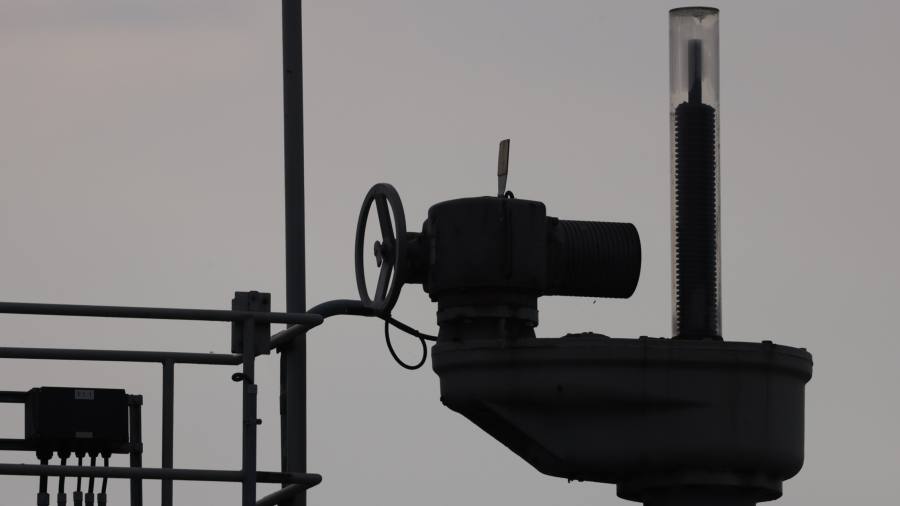Receive free Natural gas updates
We’ll send you a myFT Daily Digest email rounding up the latest Natural gas news every morning.
The International Energy Agency has warned Europe could still face a very difficult winter if Russia cuts its remaining gas supplies to the continent and if the region experiences cold weather.
The IEA said that even if Europe’s gas storage sites are filled close to 100 per cent of capacity before October — the expectation of which has helped lower prices in recent months — that was “no guarantee” against future market tensions.
“Our simulations show that a cold winter, together with a full halt of Russian piped gas supplies to the European Union . . . could easily renew price volatility,” the IEA said in its annual gas market report on Monday.
The warning underlines the potential disruption from a renewed energy conflict with Moscow, despite a sustained fall in prices since December that has bolstered the belief that the worst of Europe’s gas crisis is over. Russia still supplies around 10 per cent of the EU’s gas imports, with yet more delivered in the form of liquefied natural gas.
TTF, Europe’s benchmark gas price, fell to €24.63 per megawatt hour in Monday’s trading, the lowest since early June, and some 90 per cent lower than the price in late August last year at the height of the energy crisis, when it topped €340/mwh.
Gas storage in the EU currently stands above 80 per cent of capacity, nearly 20 percentage points above the previous five-year average, according to industry body Gas Infrastructure Europe. Analysts have been expecting storage sites, able to hold around 100 billion cubic meters of gas, to reach 90 per cent full months before the EU’s official target of achieving that level by November.
However, the IEA said that in a scenario where there is a combination of a cold winter, a complete halt of Russian pipeline gas and low liquefied natural gas availability, EU storage could enter next April with only 20 per cent gas, a level that would threaten supply disruptions.
In a scenario where Europe has a mild winter again, and LNG flows remain close to last year’s record levels, “storage sites would end the heating season with inventory levels above 50 per cent of capacity even without Russian piped gas,” the IEA said.
“Continued structural gas demand reductions” like better energy efficiency, rapid development of renewables and installation of heat pumps “will be required to ensure a secure gas balance for the 2023/24 winter,” it added.
The multinational organisation also said in the report that it has revised downwards its medium to long term outlook for natural gas demand, owing to the global gas crisis triggered by Russia.
“The sharp increase in natural gas prices reduced its competitiveness vis-à-vis other sources of energy supply, while its image as a ‘reliable’ fuel has been called into question by steep supply cuts of Russian piped gas,” it said.
Global gas demand growth for the period between 2020 and 2024 has been slashed to 200 bcm from the previous 350 bcm, it said, adding that Europe alone accounts for more than half of the revision.
“This reflects more stringent energy efficiency standards, the accelerated deployment of renewables and quicker electrification of heat, as well as a reduced role of natural gas in industry,” it said.
Read the full article here



